Throughout the world, contemporary communities exist in fascinating symbiosis with archaeological treasures from lost civilizations. These modern settlements have grown around, incorporated, and sometimes literally built upon the remnants of ancient predecessors, creating unique places where daily life unfolds amid historical marvels.
Here is a list of 16 towns where residents live their everyday lives surrounded by remarkable ancient ruins, often treating extraordinary archaeological treasures as simply part of the neighborhood landscape.
Split

The heart of this Croatian coastal city incorporates Diocletian’s Palace, a vast Roman complex built around 300 CE that now forms much of the old town. Local shops, cafés, and apartments occupy spaces within the ancient walls, with residents using Roman peristyles as community gathering places.
The palace basement hosts a thriving market where vendors set up stalls beneath 1,700-year-old vaulted ceilings, while the original Roman streets continue to serve as main thoroughfares.
Luxor
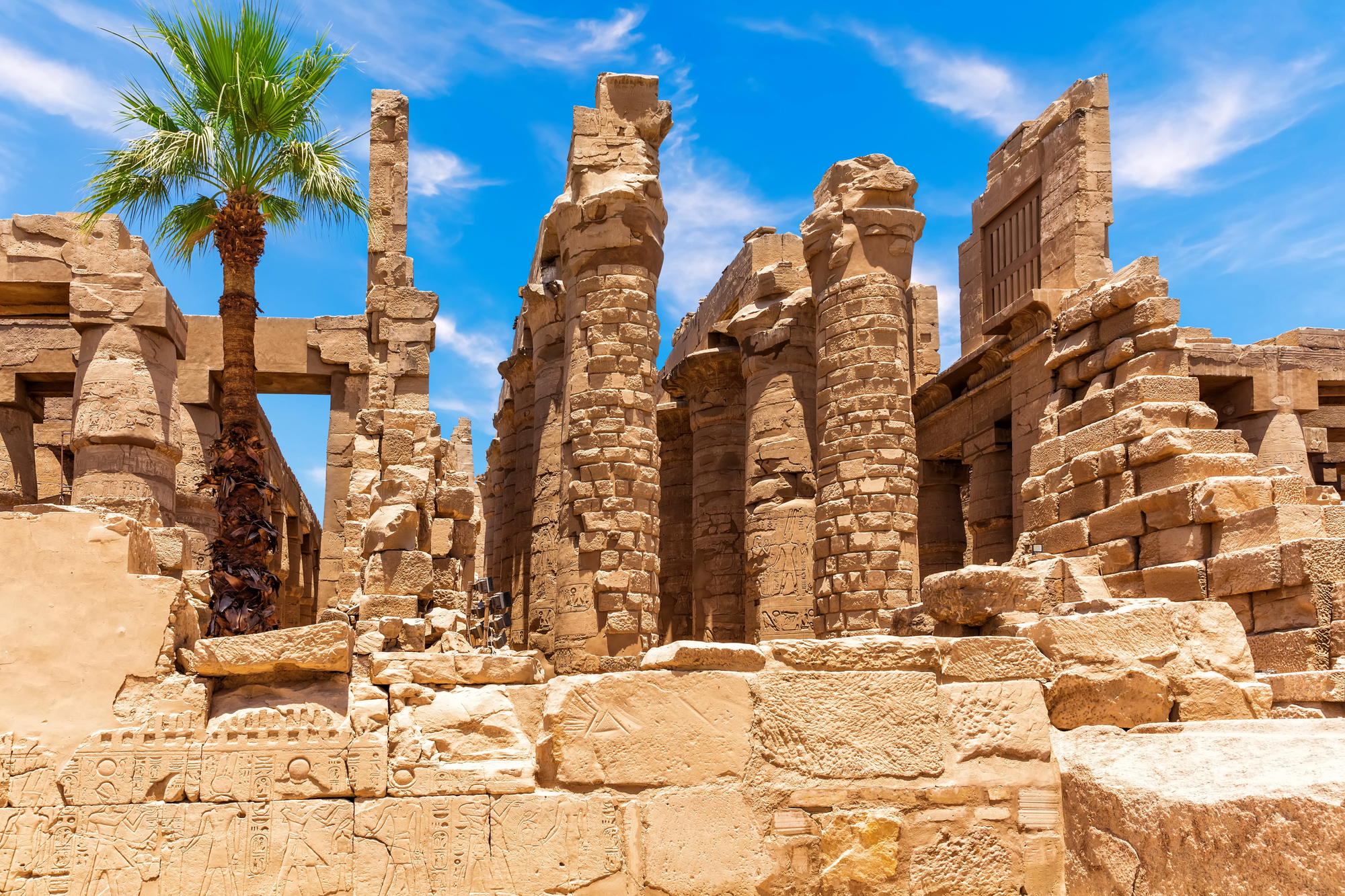
Modern Egyptian life buzzes around some of the world’s most impressive ancient monuments along the Nile’s east bank. The enormous Karnak and Luxor temple complexes rise directly from city neighborhoods, with local markets and apartment buildings standing just beyond temple walls.
Evening soccer games often take place in the shadow of millennia-old obelisks and columns, creating surreal juxtapositions of everyday activities against monumental architecture from the height of pharaonic power.
Tarragona
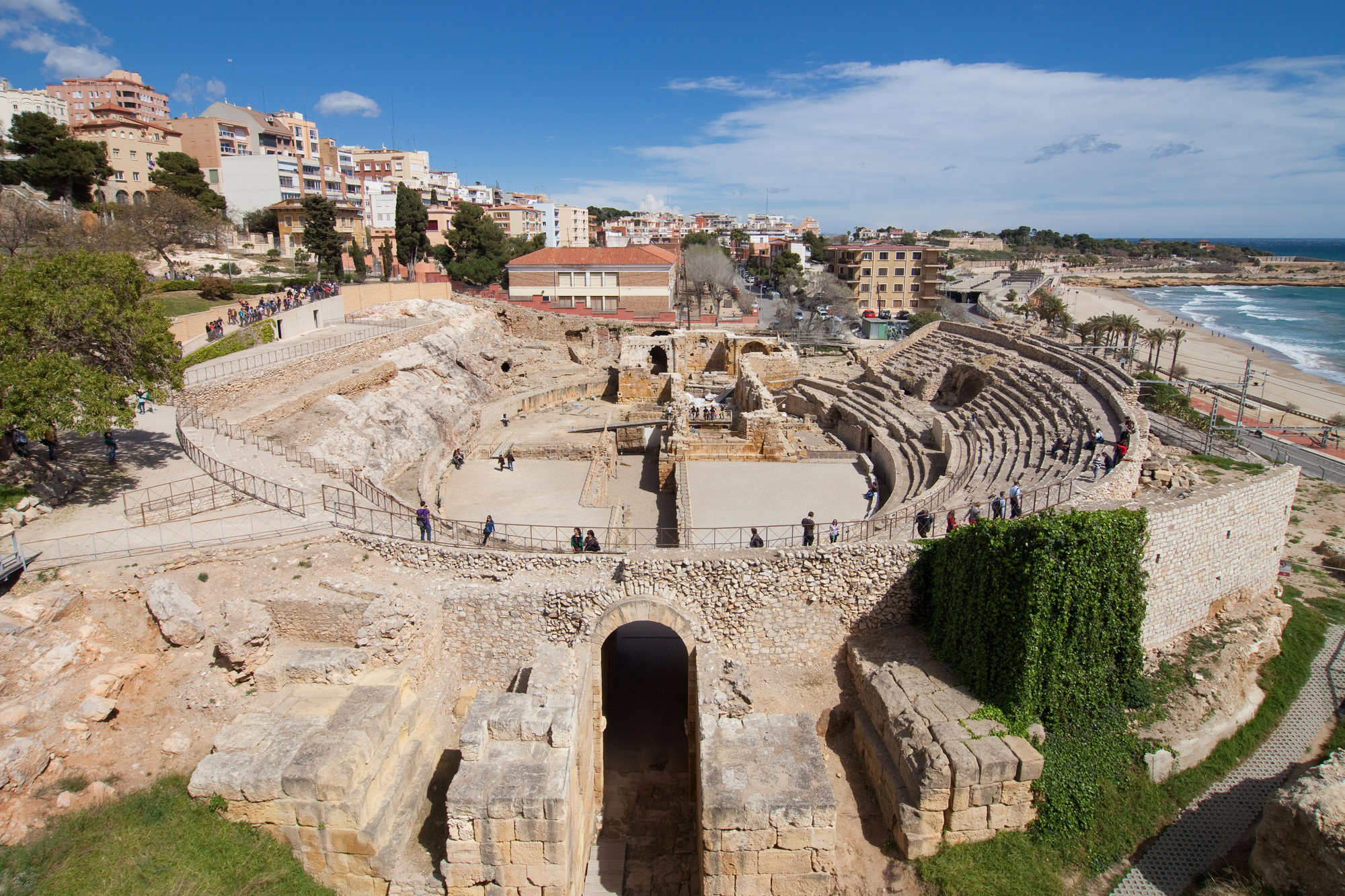
This Spanish coastal town incorporates substantial Roman ruins into its urban fabric, including a remarkably preserved amphitheater overlooking the Mediterranean. Sections of the ancient circus now form the foundations for residential buildings, with some apartments featuring Roman arches as architectural elements.
The old town follows the original Roman street grid, while the remaining sections of the massive defensive walls provide favorite evening promenade spots for locals.
Like Travel Pug’s content? Follow us on MSN.
Tulum
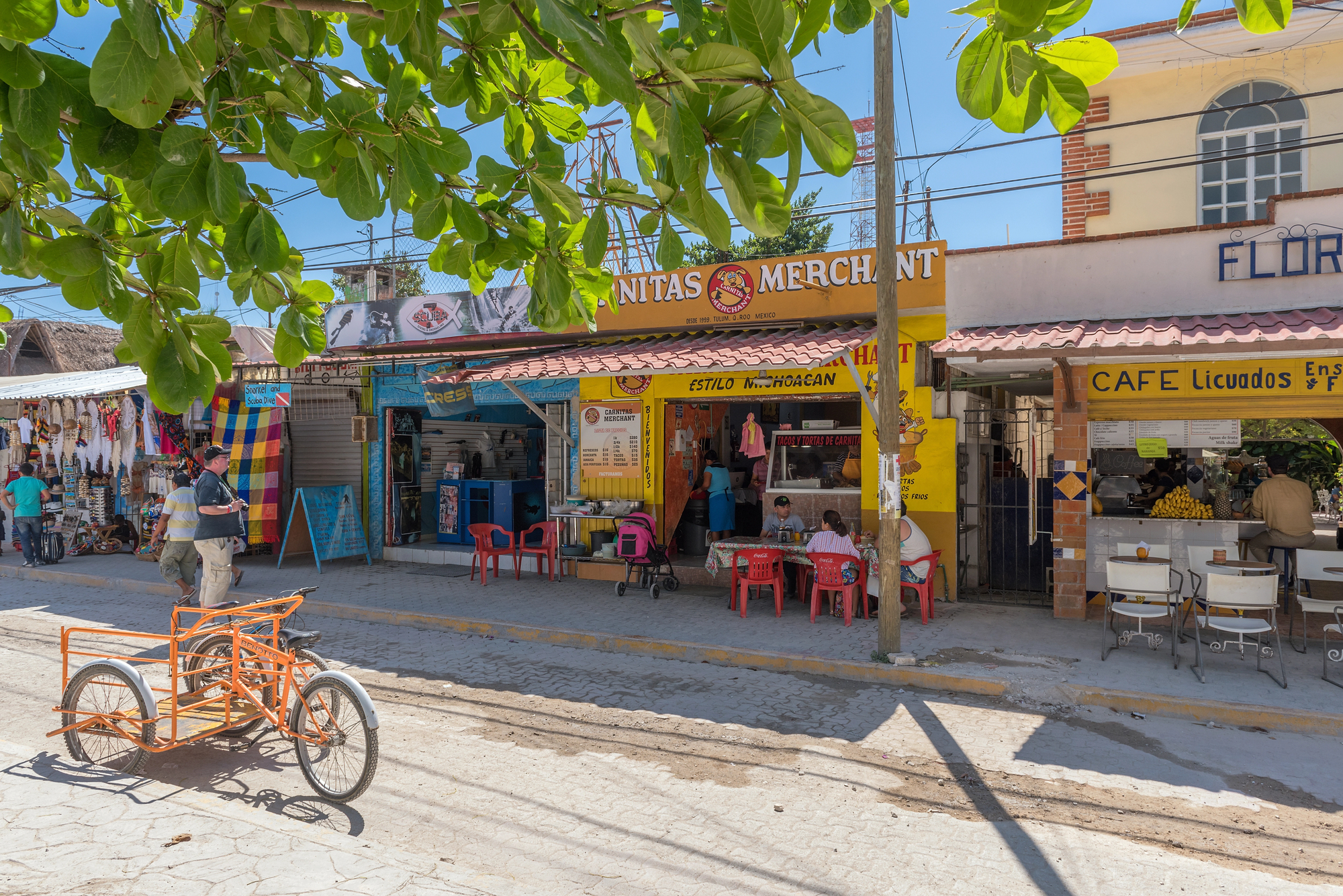
The modern Mexican town grew just south of spectacular Mayan ruins perched dramatically on cliffs above the Caribbean. Local fishing families have lived in the shadow of these structures for generations, often serving as unofficial guardians before formal archaeological protections existed.
The ancient site’s distinctive architecture influences local building styles, with contemporary structures echoing the low, wide doorways and rounded corners of their Mayan predecessors.
Bath
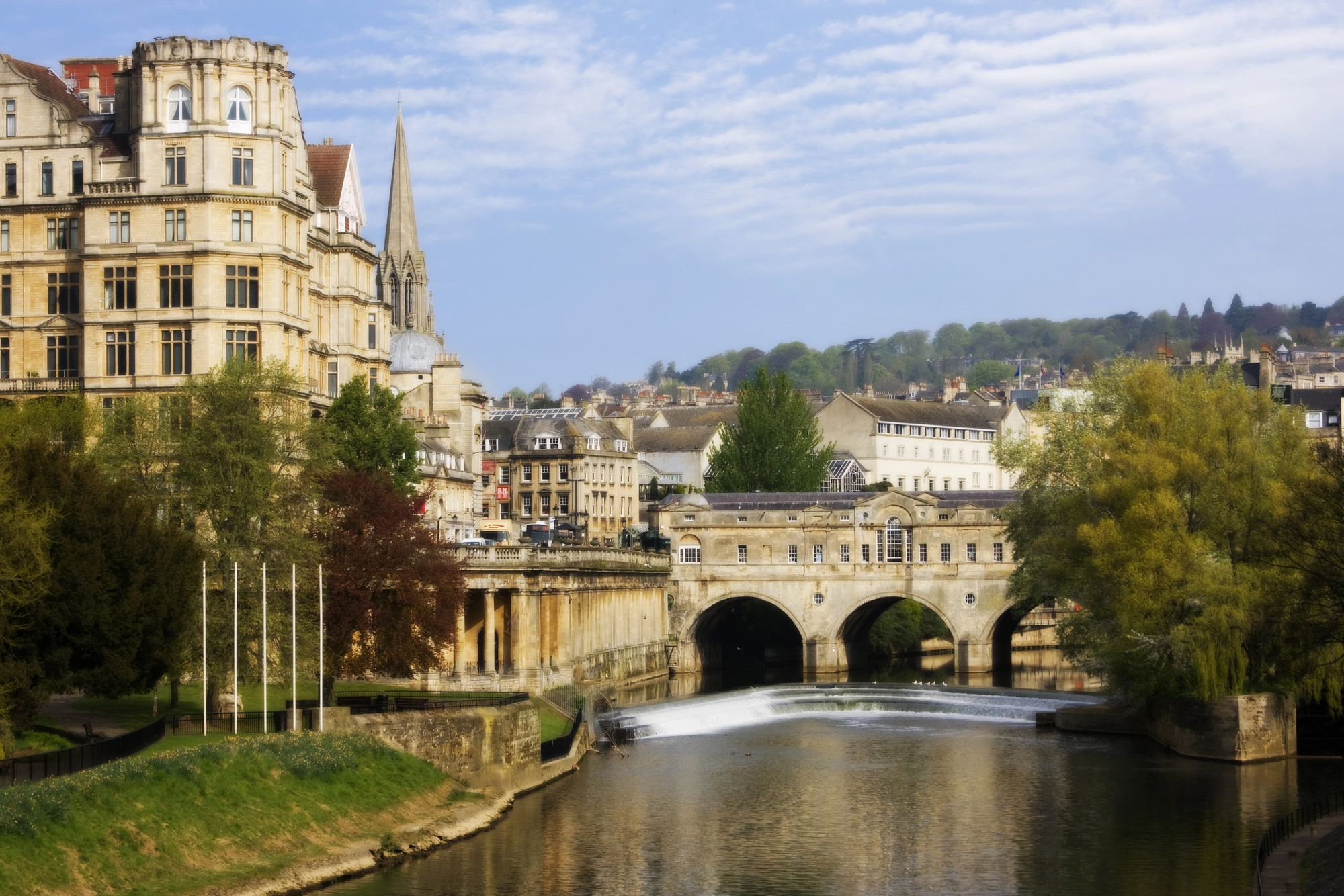
This elegant English city developed around the Roman baths that give it its name, with Georgian architecture later adding another distinctive layer. The steaming thermal waters that attracted Roman attention still flow, now managed through preservation systems that allow visitors to view the original Roman engineering.
Local residents routinely walk past the ancient bath complex on their way to modern shops and restaurants, the ruins forming a central element of the city’s identity.
Athens
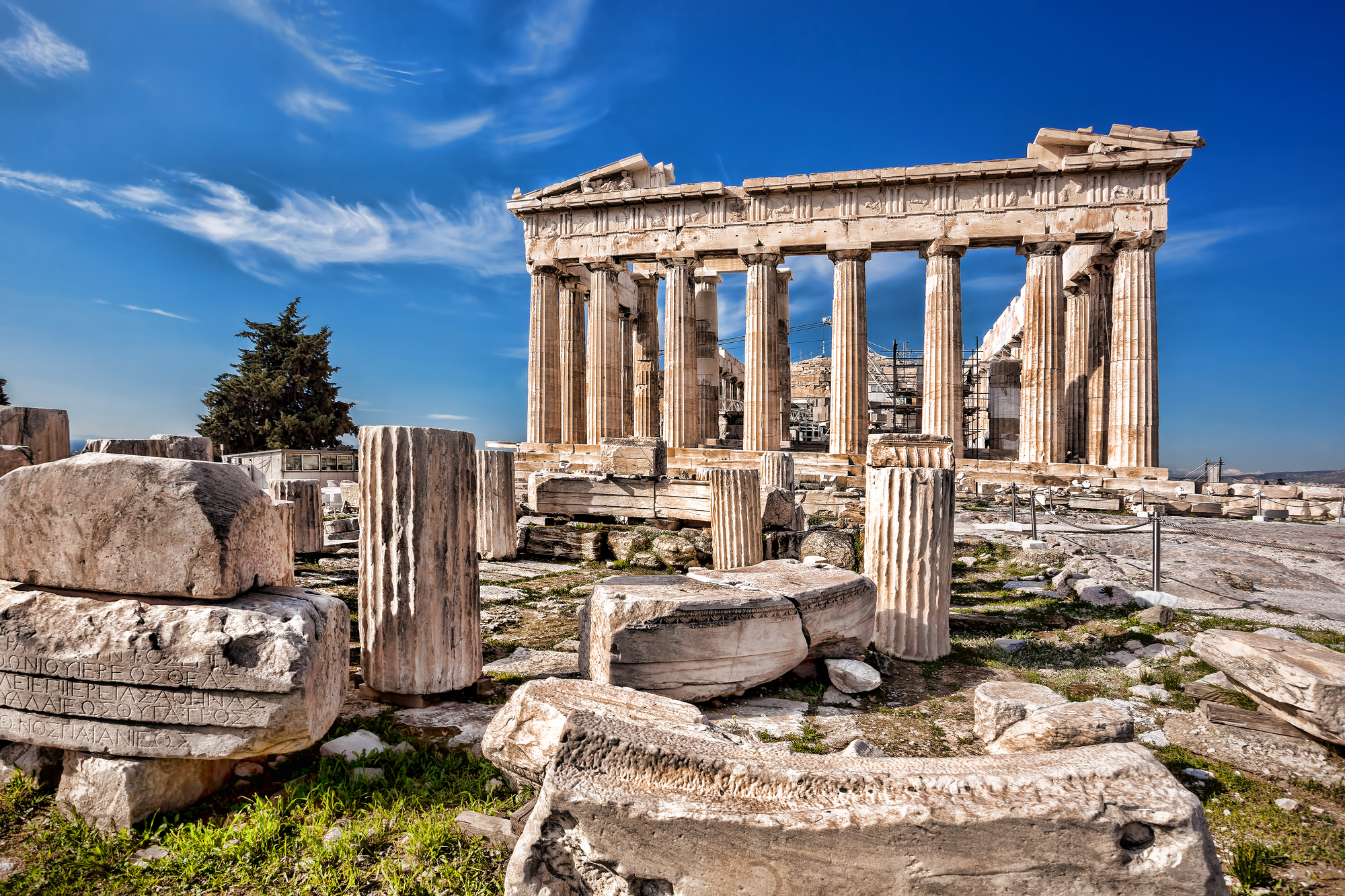
No city demonstrates the coexistence of ancient and modern more dramatically than Greece’s capital, where the Acropolis rises above dense urban neighborhoods. Metro stations display archaeological findings discovered during excavation, effectively functioning as neighborhood museums.
Athenians dine at tavernas with views of 2,500-year-old temples, while ancient sites like the Agora stand surrounded by the energy of contemporary urban life.
Like Travel Pug’s content? Follow us on MSN.
Arles
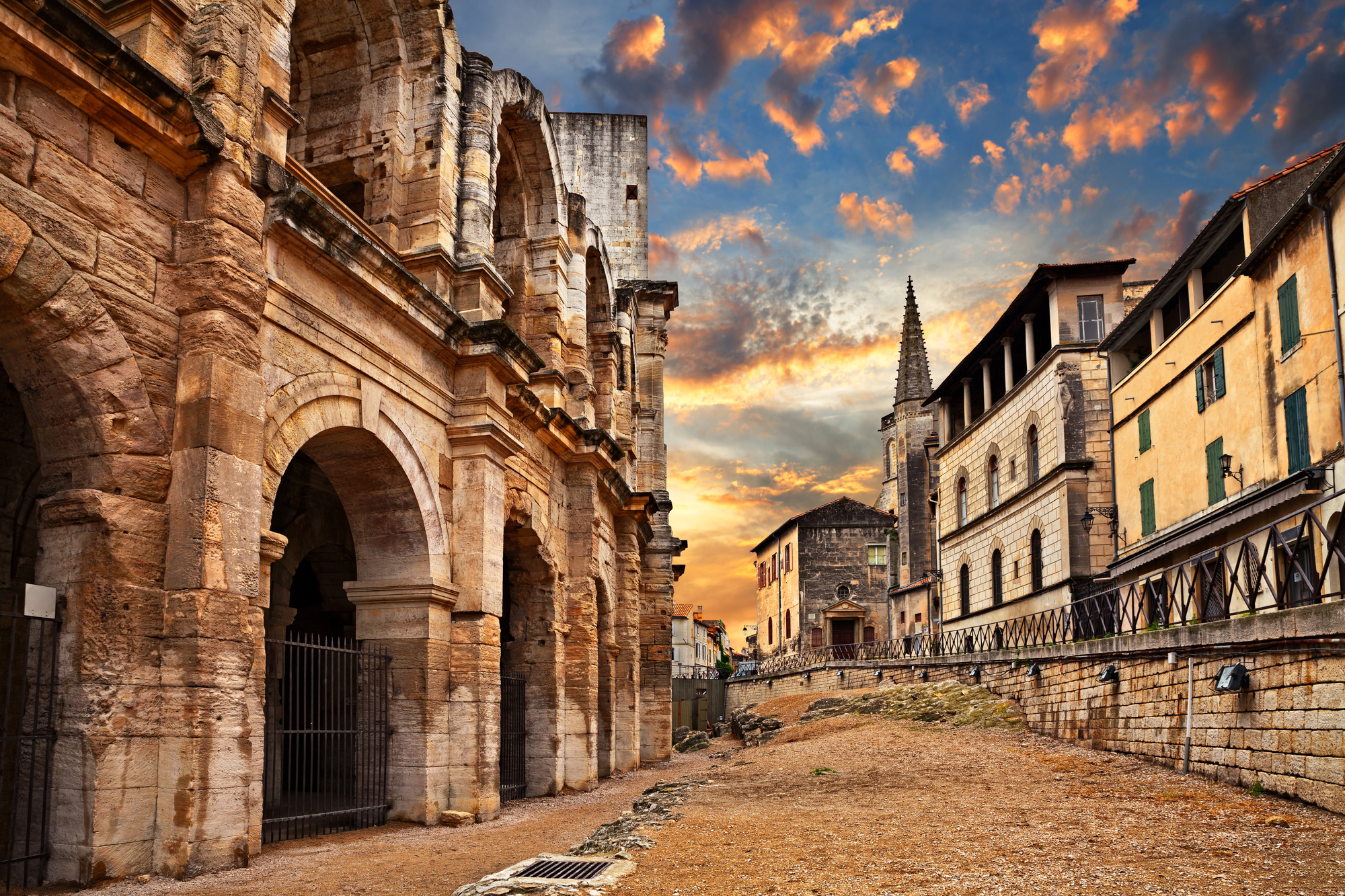
This southern French town features exceptional Roman monuments seamlessly integrated into daily life. The amphitheater hosts concerts and the famous bull games of Provence, continuing its function as an entertainment venue after nearly 2,000 years.
Residents shop at markets set up along streets following the original Roman grid, while cafés occupy spaces directly adjacent to the ancient theater where local children often play.
Ayutthaya
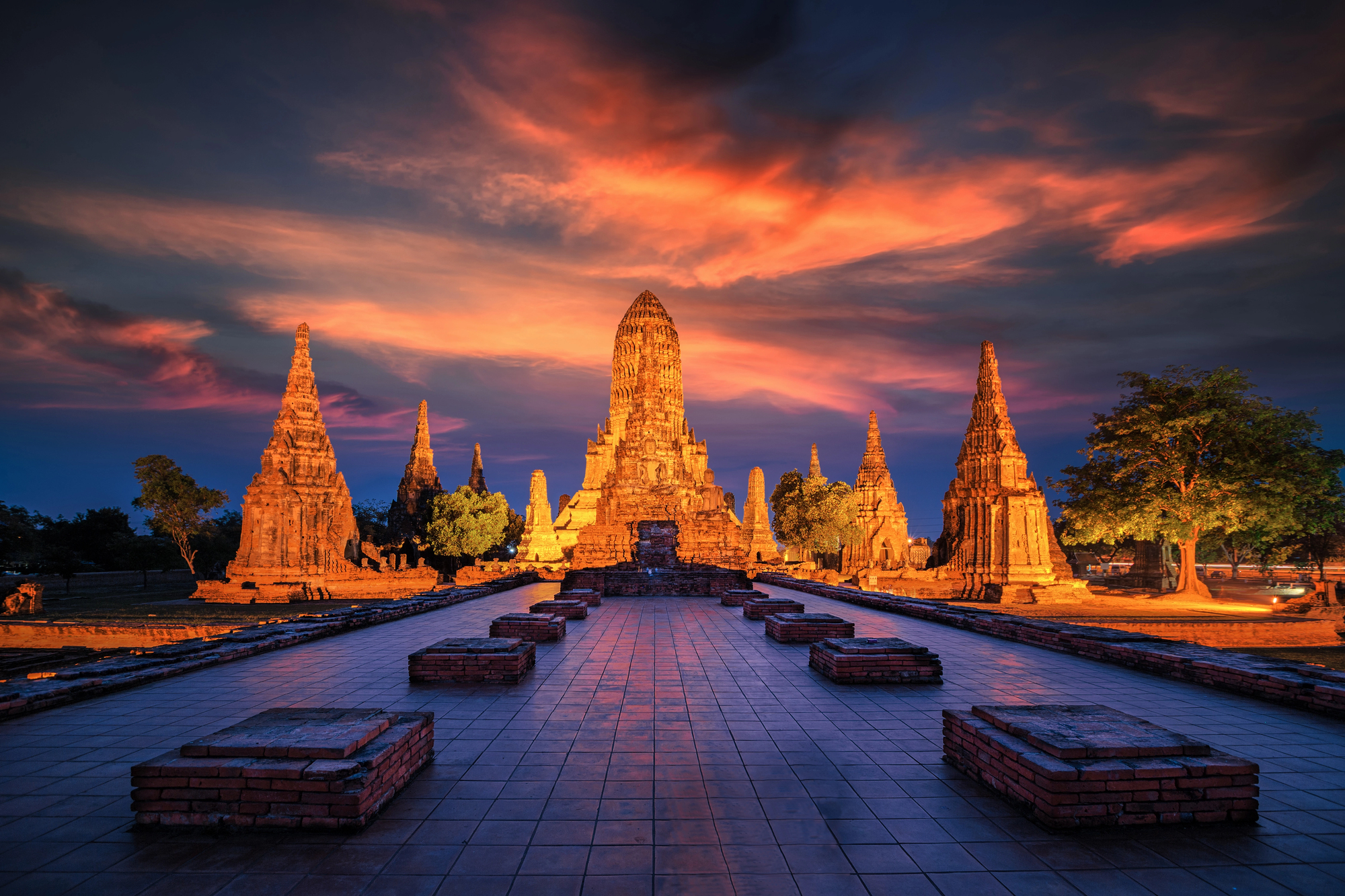
Once the capital of Siam, this Thai city surrounds spectacular ruined temples and palaces from the 14th to 18th centuries. Modern homes and businesses stand just beyond the walls of ancient complexes, with some neighborhoods incorporating smaller ruins into their streets and gardens.
Local school children often learn to ride bicycles in park-like settings around major monuments, treating thousand-year-old Buddha statues as familiar landmarks.
Plovdiv
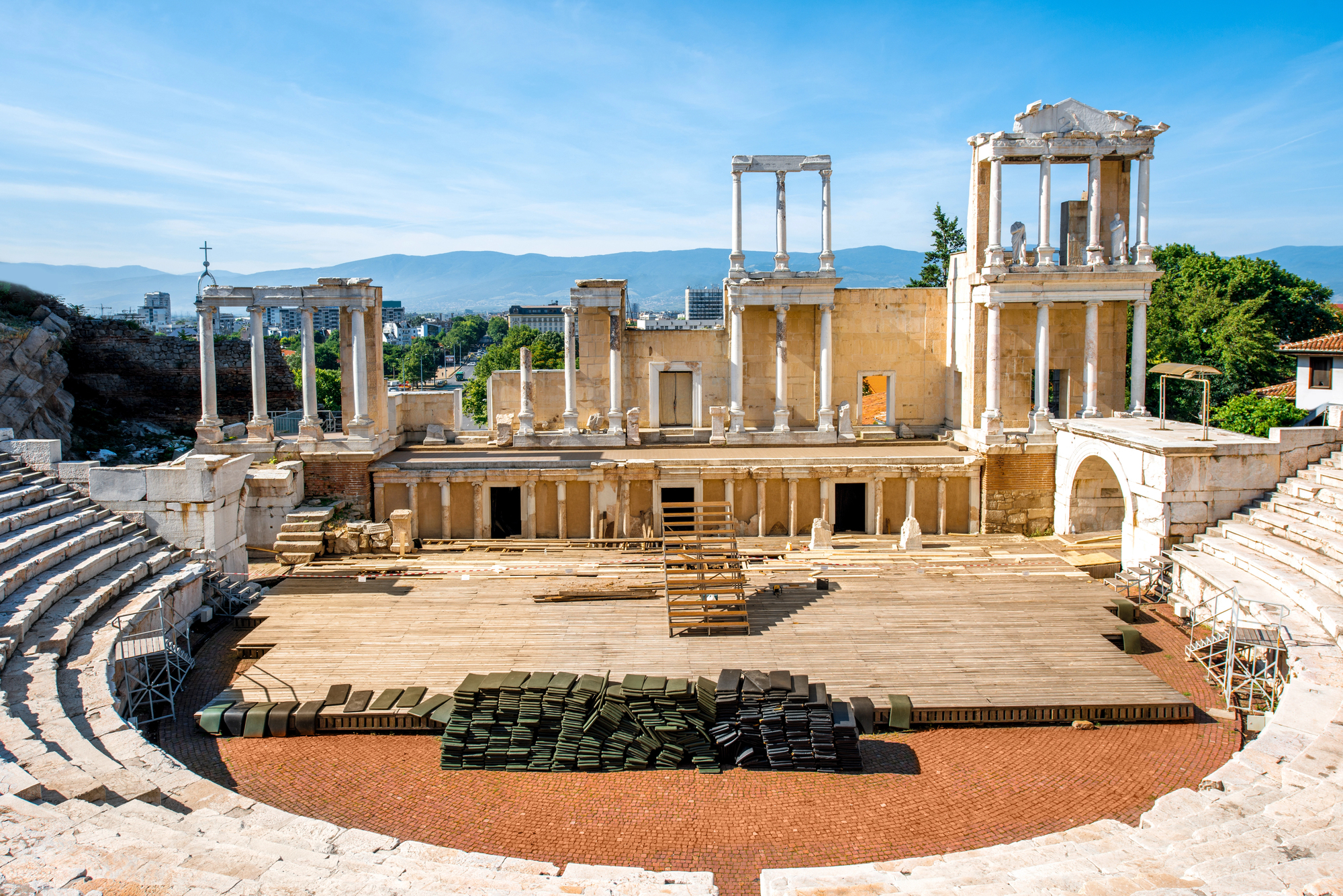
Bulgaria’s second-largest city counts among the world’s oldest continuously inhabited settlements, with an ancient stadium running beneath its main shopping street. The Roman amphitheater hosts summer concerts and festivals, continuing its original purpose after a 1,700-year intermission.
Residents living in the old town often discover ancient mosaic floors when renovating their homes, adding unique decorative elements to modern living spaces.
Like Travel Pug’s content? Follow us on MSN.
Cusco

The former Inca capital in Peru features extraordinary stone walls built with such precision that modern buildings were simply constructed atop them after the Spanish conquest. The distinctive Inca masonry, with its perfectly fitted stones requiring no mortar, forms the foundation for colonial and contemporary structures throughout the historic center.
Local residents navigate daily life along streets where Inca, colonial, and modern architectural elements stack chronologically upon one another.
Varanasi

One of the world’s oldest continuously inhabited cities showcases layers of ancient temples along the Ganges River in India. Modern buildings rise directly adjacent to structures dating back thousands of years, with narrow alleyways following patterns established in antiquity.
The ghats—stone staircases descending to the river—combine ancient construction with ongoing renovations, serving both ceremonial purposes and daily practical needs for riverside residents.
Merida
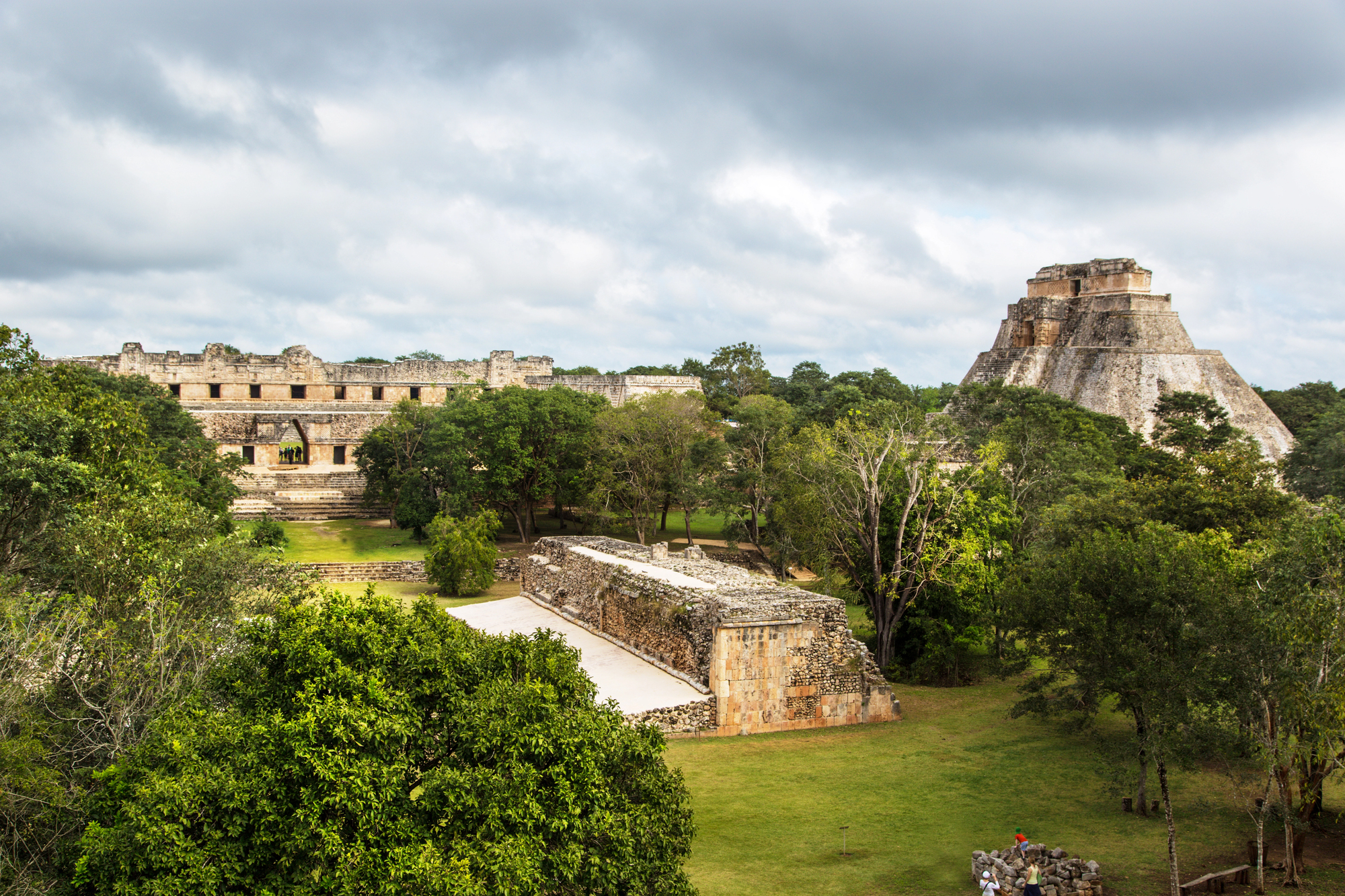
Founded by the Romans as Augusta Emerita, this Spanish town preserves exceptional classical monuments, including a theater, amphitheater, and temple. Modern neighborhoods developed around these structures, incorporating remnants of Roman aqueducts and infrastructure into everyday settings.
Local joggers circle the ancient hippodrome as part of their exercise routines, while families gather for evening paseos near the beautifully preserved Temple of Diana.
Like Travel Pug’s content? Follow us on MSN.
Jerash
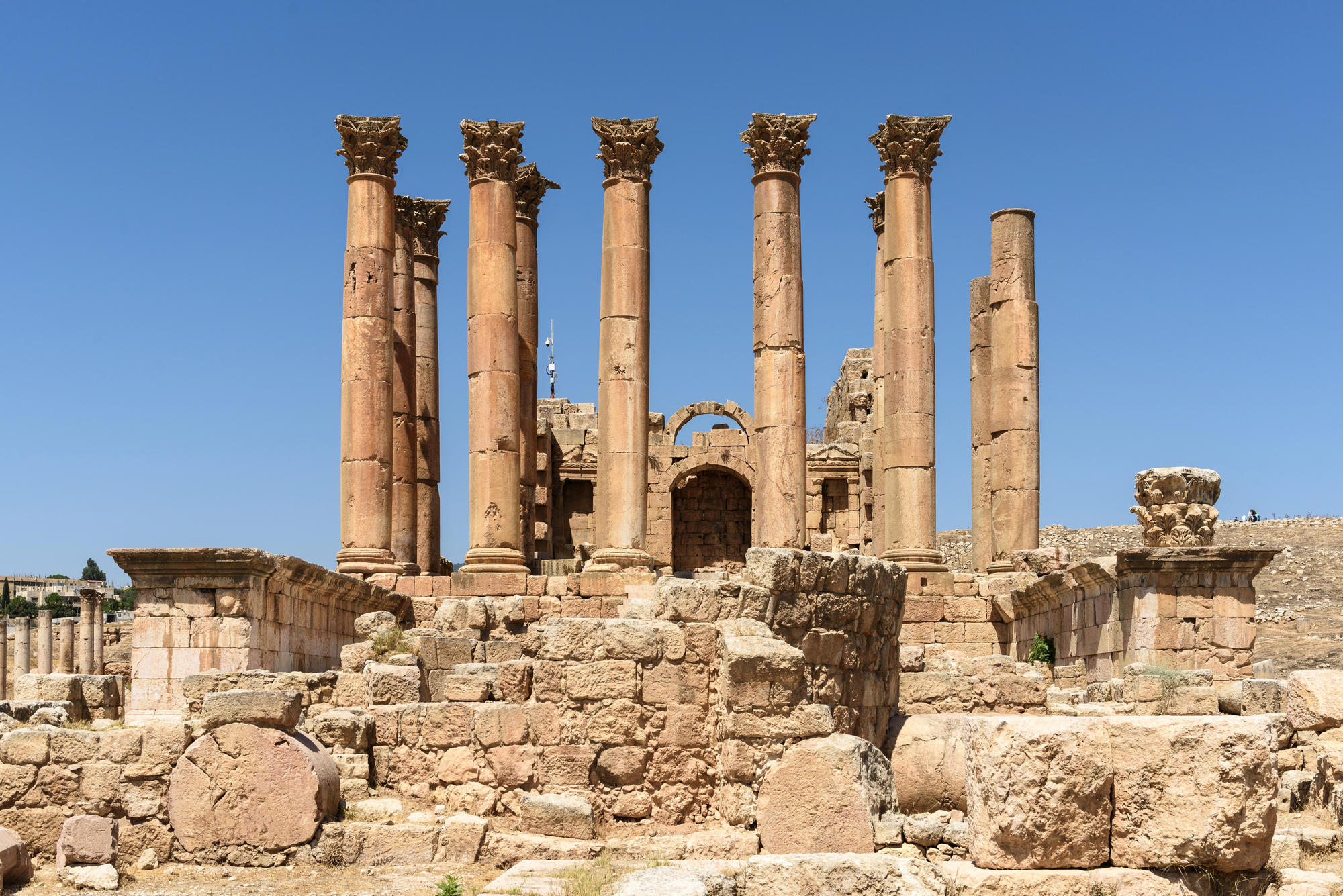
This Jordanian town exists alongside one of the best-preserved Roman provincial cities in the world, with contemporary homes and shops beginning just where the ancient colonnaded streets end. Local shepherds sometimes graze their flocks among outlying ruins, continuing agricultural traditions that would have been familiar to the original inhabitants.
Children from the modern town often serve as unofficial guides, developing remarkable knowledge of their ancient neighbors.
Anuradhapura
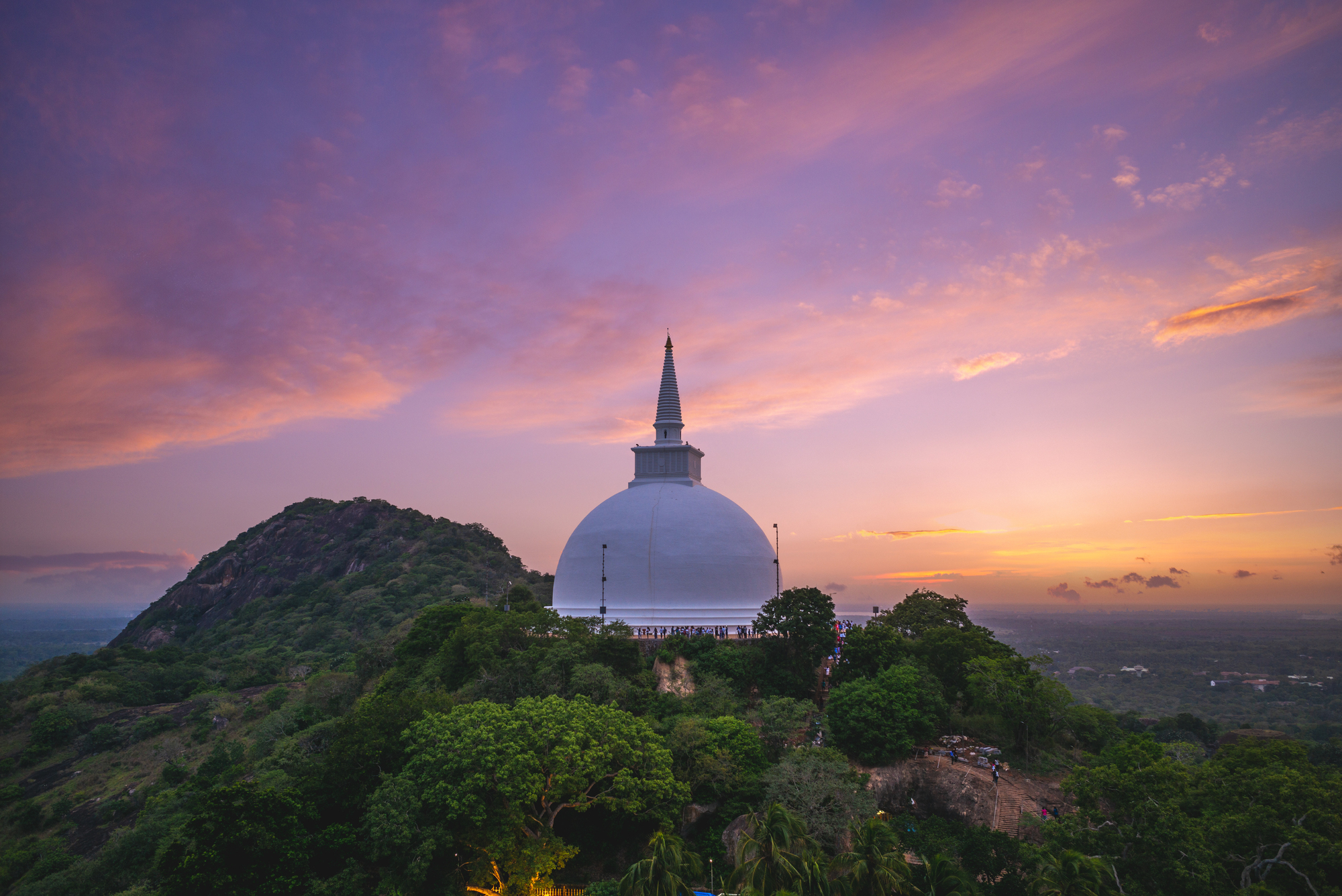
The modern Sri Lankan city neighbors a vast complex of Buddhist monuments dating from the 3rd century BCE. Ancient reservoirs engineered over 2,000 years ago continue to supply water to both archaeological sites and contemporary neighborhoods.
Local worshippers maintain spiritual practices at ancient stupas and bodhi trees, creating a continuity of purpose that spans millennia despite changes in the surrounding community.
Eleusis
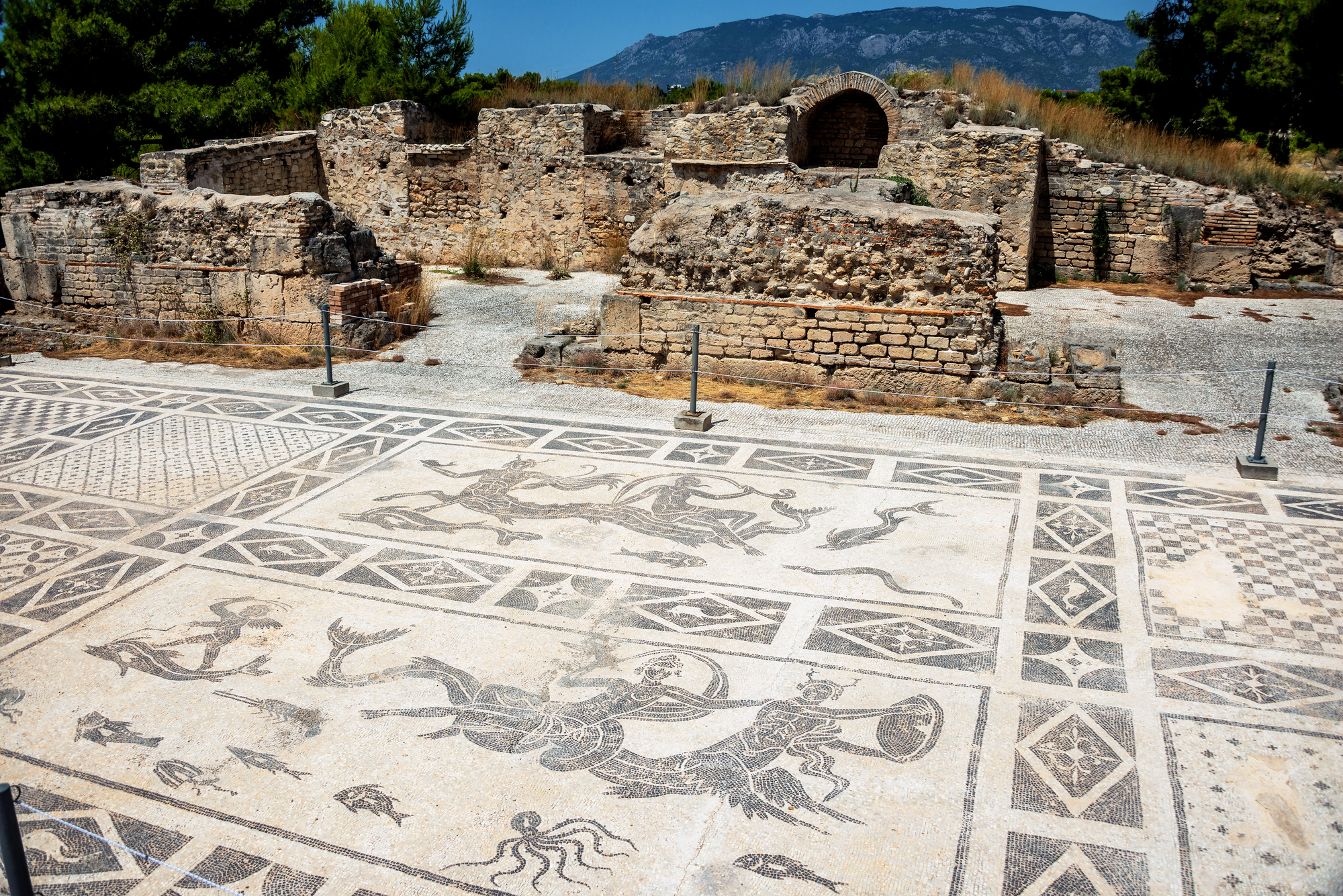
Just outside Athens, this Greek industrial town surrounds the ancient sanctuary where the Eleusinian Mysteries were performed for nearly 2,000 years. Factory buildings from the early 20th century stand adjacent to the ruins of the Telesterion, where ancient initiates experienced secret rituals.
Residents grow up with profound archaeological treasures as everyday features of their neighborhood landscape, often passing ancient marble fragments on their daily commutes.
Like Travel Pug’s content? Follow us on MSN.
Tiwanaku
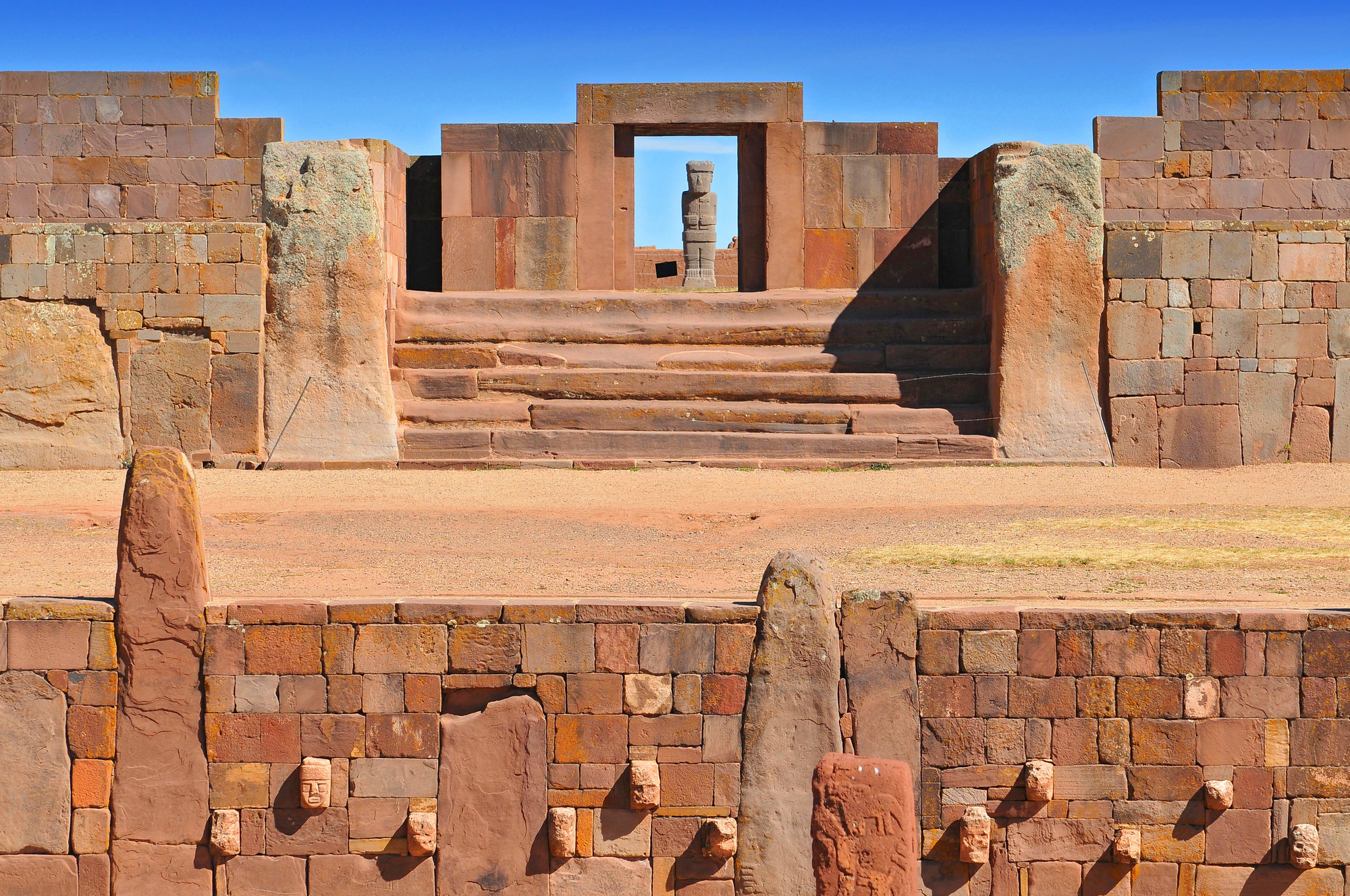
This Bolivian town sits beside monumental ruins of a pre-Incan civilization that flourished around Lake Titicaca. Contemporary Aymara communities maintain agricultural practices remarkably similar to those of their ancestors, using farming techniques developed millennia ago.
The massive stone monuments serve as gathering places during festivals and celebrations, continuing their social function across vast stretches of time.
Layers of Continuity
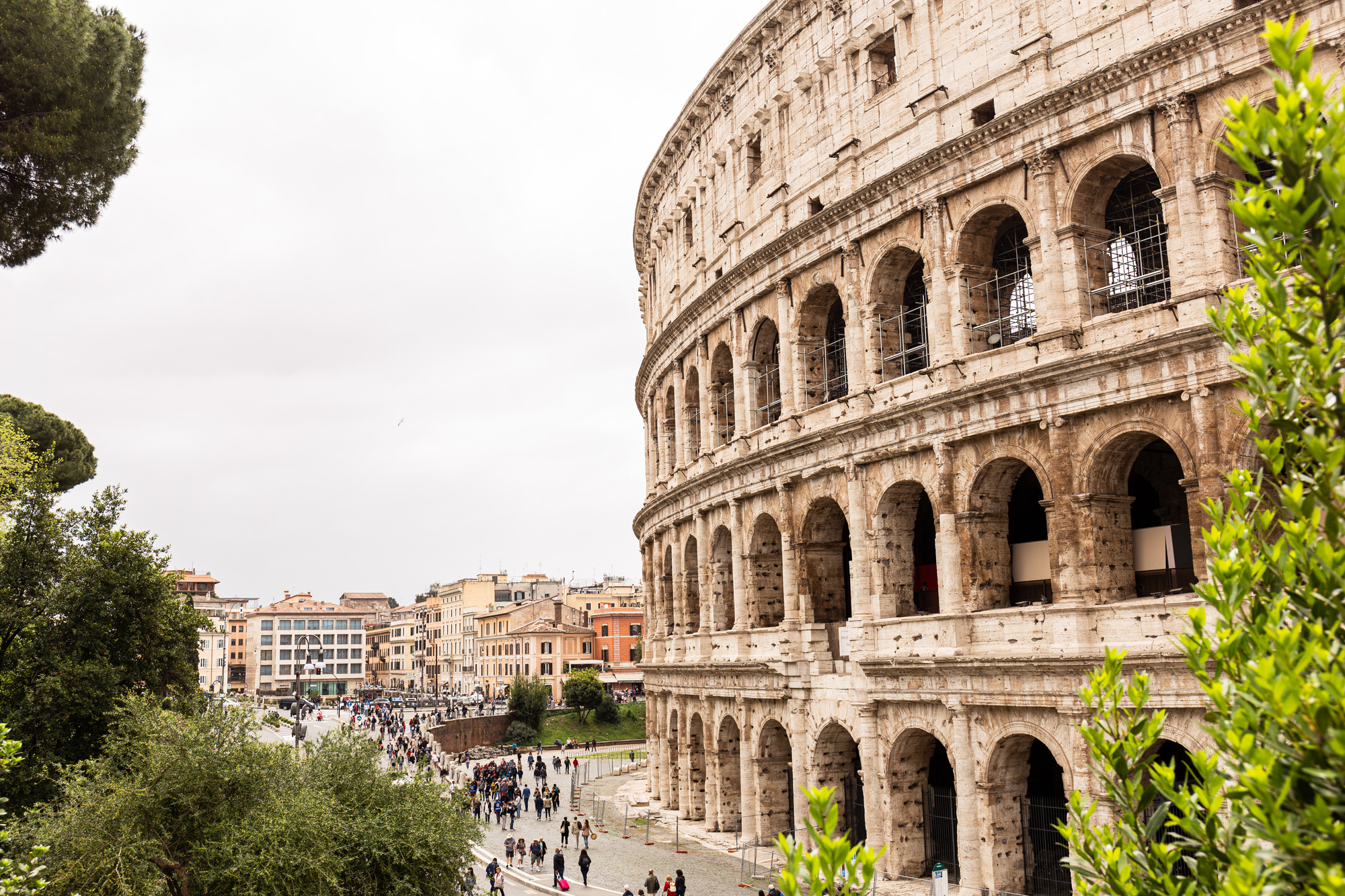
These remarkable towns demonstrate human resilience and adaptability as successive generations find ways to build their lives around the physical legacies of their predecessors. The everyday coexistence of ancient and modern creates unique cultural landscapes where history feels tangible rather than abstract.
These communities show how archaeological treasures need not be isolated in sterile museum environments but can remain vibrant elements of living settlements, connecting past and present through shared urban spaces.
More from Travel Pug

- Cities Growing so Fast You Won’t Recognize Them in 10 Years
- 13 Destinations Where Tourists Regularly Regret Their Trip
- 16 U.S. Cities That Are Quietly Becoming Travel Hotspots
- Where to Travel If You Love Long Bus Rides and Daydreams
- 20 Cities Perfect for Solo Travelers Who Crave Adventure & Culture
Like Travel Pug’s content? Follow us on MSN.
